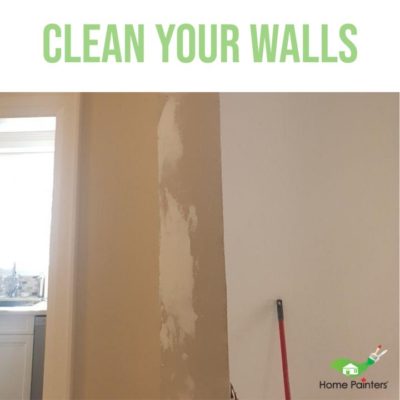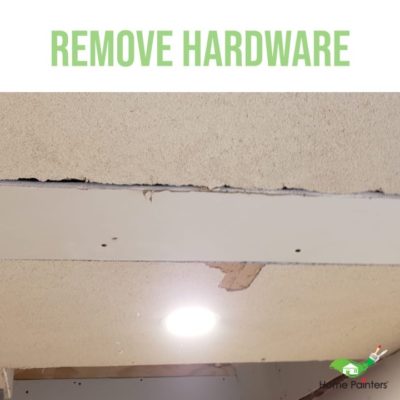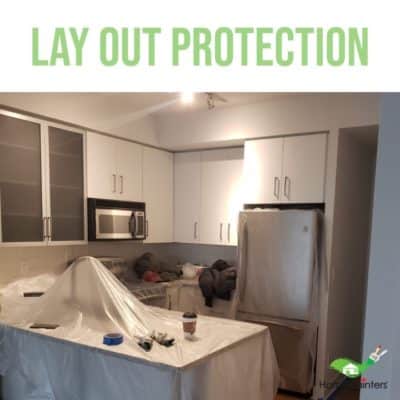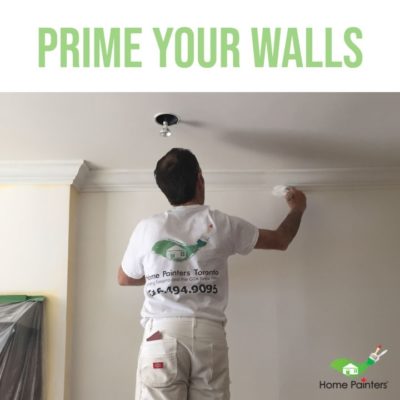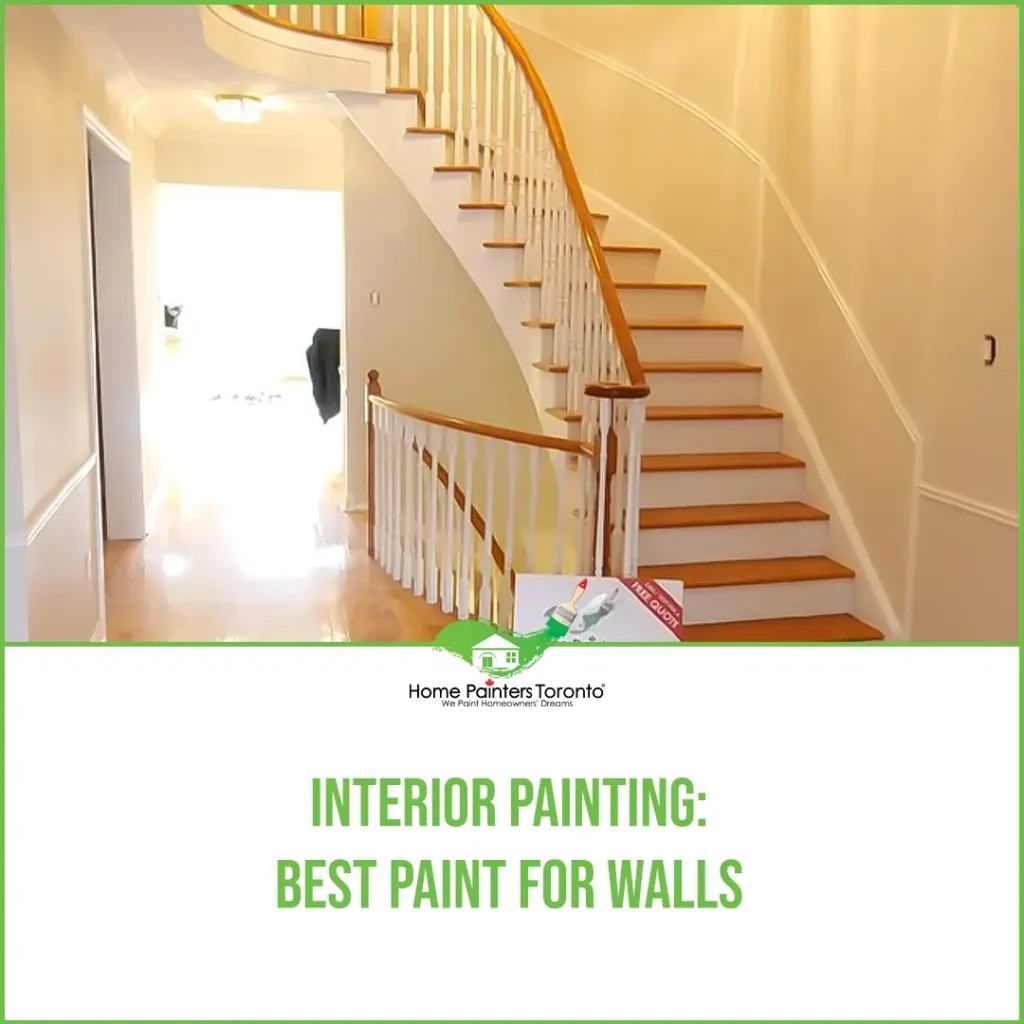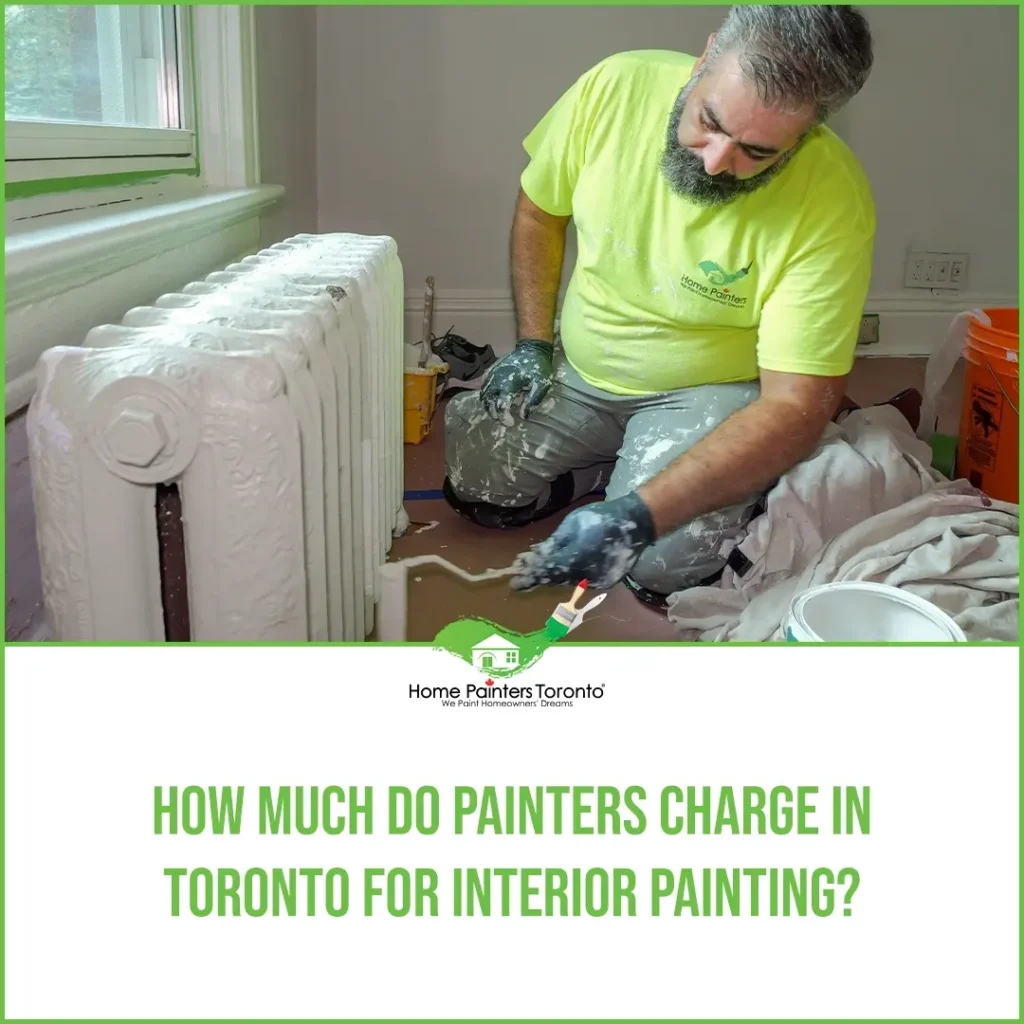- Home
- Interior Painting
- Interior Residential Painting
- Interior Painting Calculator
- Condominium Painting
- Kitchen Cabinet Painting
- Drywall Installation & Repair
- Popcorn Ceiling Removal
- Staircase Painting / Staining
- Stucco Ceiling Repair
- Wallpaper Installation / Removal
- Preparing Your Home For Sale in Toronto
- Moving into a new house?
- Exterior Painting
- Exterior Residential Painting
- Aluminum Siding Painting
- Exterior Brick Staining
- Exterior Brick Painting
- Deck Staining / Fence Staining
- Exterior Front Door Repainting and Restaining
- Vinyl Windows and Vinyl Siding Painting
- Aluminum Windows and Aluminum Siding Painting
- Exterior Stucco Siding
- Exterior Wood Siding
- Anti-Graffiti Coating in Toronto
- Exterior Caulking
- Handyman
- Interior Carpentry & Handyman
- Exterior Carpentry & Handyman
- Window Wood Replacement and Repairs
- Wood Deck Replacement and Repairs
- Porch Wood Replacement and Repairs
- Wood Siding Replacement and Repairs
- Tudor Boards Wood Replacement and Repairs
- Wood Soffit and Fascia Boards Replacement and Repairs
- Railings, Posts, and Pickets Replacement and Repairs
- Wood Fence Replacement and Repairs
- Stucco Siding Parging and Repairs
- Brick and Mortar Repair
- Brick Chimney Repair and Rebuild in Toronto
- Foundation Parging Repair and Installation in Toronto
- Commercial Painting
- Client Reviews
- About us
- Blogs
- Contact
- Home
- Interior Painting
- Interior Residential Painting
- Interior Painting Calculator
- Condominium Painting
- Kitchen Cabinet Painting
- Drywall Installation & Repair
- Popcorn Ceiling Removal
- Staircase Painting / Staining
- Stucco Ceiling Repair
- Wallpaper Installation / Removal
- Preparing Your Home For Sale in Toronto
- Moving into a new house?
- Exterior Painting
- Exterior Residential Painting
- Aluminum Siding Painting
- Exterior Brick Staining
- Exterior Brick Painting
- Deck Staining / Fence Staining
- Exterior Front Door Repainting and Restaining
- Vinyl Windows and Vinyl Siding Painting
- Aluminum Windows and Aluminum Siding Painting
- Exterior Stucco Siding
- Exterior Wood Siding
- Anti-Graffiti Coating in Toronto
- Exterior Caulking
- Handyman
- Interior Carpentry & Handyman
- Exterior Carpentry & Handyman
- Window Wood Replacement and Repairs
- Wood Deck Replacement and Repairs
- Porch Wood Replacement and Repairs
- Wood Siding Replacement and Repairs
- Tudor Boards Wood Replacement and Repairs
- Wood Soffit and Fascia Boards Replacement and Repairs
- Railings, Posts, and Pickets Replacement and Repairs
- Wood Fence Replacement and Repairs
- Stucco Siding Parging and Repairs
- Brick and Mortar Repair
- Brick Chimney Repair and Rebuild in Toronto
- Foundation Parging Repair and Installation in Toronto
- Commercial Painting
- Client Reviews
- About us
- Blogs
- Contact



